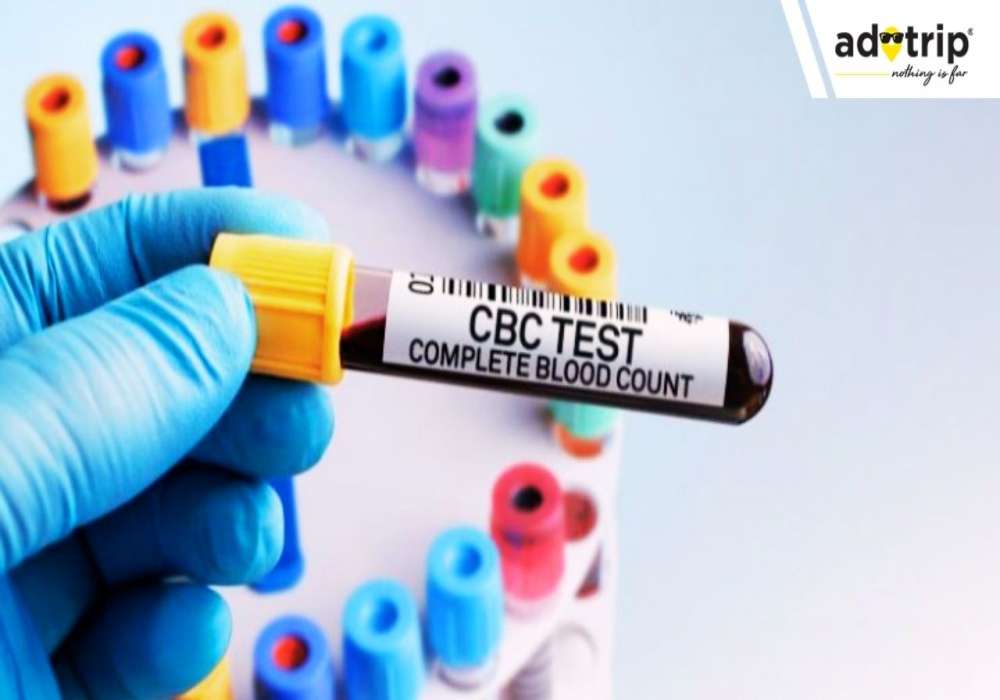
The complete blood count (CBC) is one of the most common lab tests ordered by physicians. It provides key insights into a person's general health status and can help detect a wide range of disorders. This in-depth guide will explore 100 frequently asked questions about the CBC to help you understand your results.
A CBC test measures different components and features of your blood. It provides important numbers and values that allow your doctor to evaluate your overall health and detect many diseases and conditions.
Doctors recommend a CBC as part of regular health screening. Most people should get a CBC test annually, or more frequently if they have a chronic health condition.
The CBC provides critical information about:
Understanding Red Blood Cell Counts
Red blood cells (RBCs) are responsible for carrying oxygen from your lungs to tissues throughout the body. The CBC reports the number of RBCs in a microliter of blood.
Normal RBC ranges are:
Lower RBC counts may indicate anemia or nutritional deficiencies. Higher levels could indicate bone marrow disease or lung disease.
White blood cells (leukocytes) play a crucial role in immune function and defending against disease and infection. The CBC provides a total WBC count per microliter of blood.
Normal ranges are 4,500 to 11,000 WBCs per microliter.
Higher leukocyte counts usually signal an infection or inflammation. Lower counts may result from autoimmune disorders, bone marrow problems, or treatments like chemotherapy.
Normal platelet counts range from 150,000 to 450,000 platelets/microliter.
Low platelet levels increase bleeding risks, while high levels increase clotting risks. Abnormal platelet counts can indicate diseases like leukemia or immune disorders.
Hemoglobin is an iron-rich protein inside red blood cells that carries oxygen to tissues. The CBC provides critical hemoglobin levels in your blood.
Normal levels are:
Lower hemoglobin indicates anemia. High levels may result from lung disease, dehydration, or tumors.
Hematocrit measures what percentage of your blood volume is made up of red blood cells. Normal levels are:
Abnormal hematocrit levels mirror conditions that affect hemoglobin.
Your WBC count offers clues about your immune system function and response to illnesses.
Low leukocyte counts (leukopenia) can result from:
High leukocyte counts (leukocytosis) may signal:
Tracking WBC counts helps diagnose and monitor conditions and treatment efficacy.
Platelet disorders can significantly impact risks of excessive bleeding or clotting.
Low platelet counts (thrombocytopenia) can be caused by:
High platelet counts (thrombocytosis) may indicate:
CBCs help identify platelet disorders early.
Some additional CBC parameters help evaluate red blood cell structure and size.
Tracking these additional CBC components provides a deeper understanding of what's going on inside your red blood cells.
One of the most common diagnoses from CBC testing is anemia - a deficiency in red blood cells or hemoglobin. Key CBC clues include:
Common causes of anemia identifiable on a CBC include:
Because white blood cells fight infection, CBC results provide clues about your immune system status.
CBCs assist doctors in diagnosing infections and monitoring your immune response.
Pinpointing Clotting and Bleeding Disorders
Abnormal platelet levels on your CBC report can reveal bleeding and clotting disorders.
Potential issues with low platelet counts:
Potential concerns with high platelet counts:
CBCs help identify these platelet abnormalities early.
CBC tests are useful for diagnosing and monitoring certain chronic health conditions over time.
For example:
Compare your CBC trends to gain insights into chronic disease progression and treatment efficacy.
CBC reference ranges differ significantly between children and adults. It's essential doctors use pediatric-specific norms.
Consult your pediatrician regarding your child's individual CBC results.
A woman's CBC values fluctuate during pregnancy as her blood volume expands.
CBC testing identifies potential pregnancy complications like anemia, preeclampsia, or infections.
To ensure CBC accuracy:
Proper preparation allows for the most precise CBC analysis.
CBC tests check for overall patterns and trends - not just individual numbers in isolation. Your doctor will consider factors like:
Discuss all CBC findings thoroughly with your physician.
In general, consult your doctor promptly for:
Your doctor can help interpret any concerning CBC abnormalities.
Certain lifestyle behaviors and exposures can alter components of your CBC report.
If your CBC is abnormal, your doctor may order follow-up testing to:
CBCs may be repeated frequently in acute illness or when managing chronic health conditions.
CBC testing requires collecting a blood sample, usually from your arm. Here's what to expect:
You may feel moderate pain or discomfort during the blood draw. Let the phlebotomist know if you feel lightheaded or dizzy. Remain seated until you feel okay.
Many genetic blood disorders produce distinct CBC abnormality patterns. Examples include:
CBC testing frequently assists doctors in diagnosing leukemias, lymphomas, myeloma, and other blood cancers.
What doctors look for:
CBCs provide insight into cancer activity and treatment efficacy when monitored over time.
Tracking CBC trends long-term provides crucial health insights:
Discuss ongoing CBC monitoring with your doctor as part of your care plan.
CBC testing offers a powerful screening tool that aids in diagnosing and managing countless health conditions. This guide provided an extensive overview of frequently asked questions to help you understand the complexities of CBC results. However, always consult your own doctor for personalized interpretation of your test findings. Use your CBC report as an opportunity to proactively monitor your health status and identify any areas that may require additional evaluation or intervention. With the right guidance, CBC testing provides a valuable map to navigating your wellness journey.
This article is for informational purposes only. It is not a substitute for professional medical advice, diagnosis or treatment. Always seek the advice of your physician or qualified health provider with any questions you may have regarding a medical condition. Never delay seeking professional medical advice or disregard medical professional advice as a result of any information provided herein. Reliance on any information appearing on this site or transmitted to recipients as part of this article is solely at your own risk.




